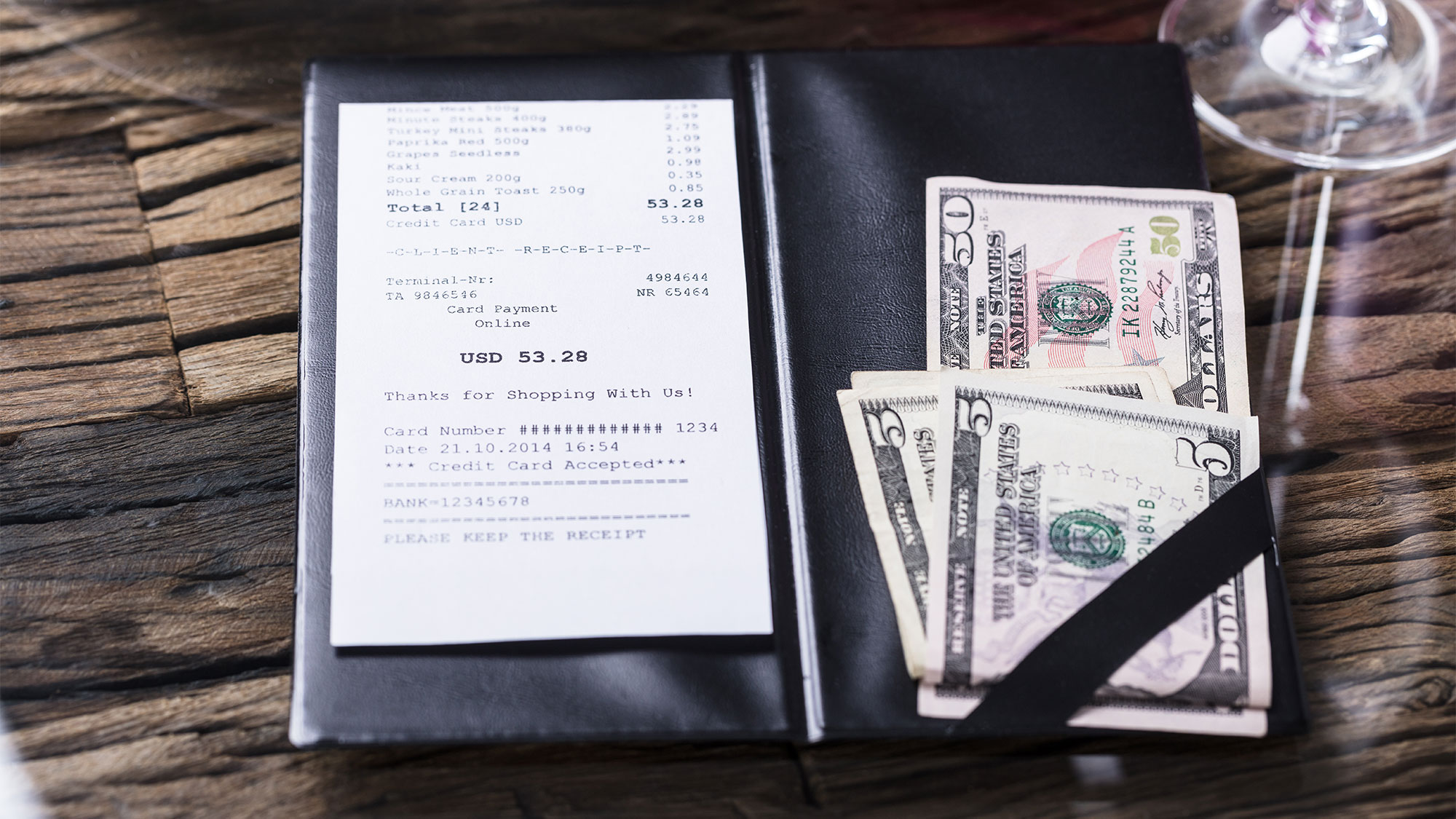


It’s no secret that tipping culture has exploded in the U.S. following Covid-era closures. What was once a practice relegated to servers, bartenders, hairdressers, and other service industry professionals has expanded to convenience stores, self-checkouts, and even the doctor’s office. While these costs were once intended to help businesses alleviate financial strain from the months they spent closed, they have lingered for almost five years now. And if you’re feeling exhausted, you’re not alone.
According to a poll conducted by financial news media website Tradingpedia, a whopping 71 percent of Americans believe that tipping is expected too frequently and in too many locations. The survey, which was conducted between Feb. 24 and Feb. 28, 2025, included 2,005 individuals, with 13 percent reporting they feel as if tipping expectations have increased in industries outside of service.
It’s not just Tradingpedia reporting consumer dissatisfaction with tipping, though. According to a national survey of 200 individuals from personal finance company WalletHub, nine in 10 Americans believe that tipping culture is “out of control.” Moreover, three out of every five respondents reported the belief that businesses use tips as a way to supplement their employee’s income, rather than paying them a fair salary. The sentiment is echoed by Tradingpedia’s respondents, 39 percent of whom said they would rather eliminate tipping in favor of advocating for higher wages.
Despite overall discontent with the state of tipping — only about 9 percent of Tradingpedia respondents say they believe tipping is fair — most Americans are still likely to leave gratuity to their industry professionals. As pointed out by the Tradingpedia survey, the average tip value in the U.S. is 18.85 percent, with only 7 percent of respondents reporting that they never tip.
One factor influencing how much customers might tip? How establishments prompt them to do so. As both surveys found, there is an overall displeasure with tipping suggestions. According to Tradingpedia, over 66 percent of respondents reported disliking recommended tipping percentages with under 6 percent actually finding them useful. WalletHub’s survey found that three in 10 Americans tip less when presented with these suggestions.
Despite the expectation to tip, only 13 percent of Tradingpedia’s respondents say that social pressure is their motivation, while 57 percent of Americans still believe that tipping should depend on the quality of service and staff attitudes. However, over half of WalletHub’s respondents (meaning over 100 people) reported social pressure being their primary motivator for tipping, not quality of service.
There is certainly a time and a place for tipping. While it might be ridiculous for a self-checkout counter to prompt customers for a little something extra, servers and bartenders aren’t machines and a 20 percent tip (at least) should be standard.
The article Is Tipping ‘Out of Control’? Two New Surveys Reveal Americans’ Changing Attitudes appeared first on VinePair.